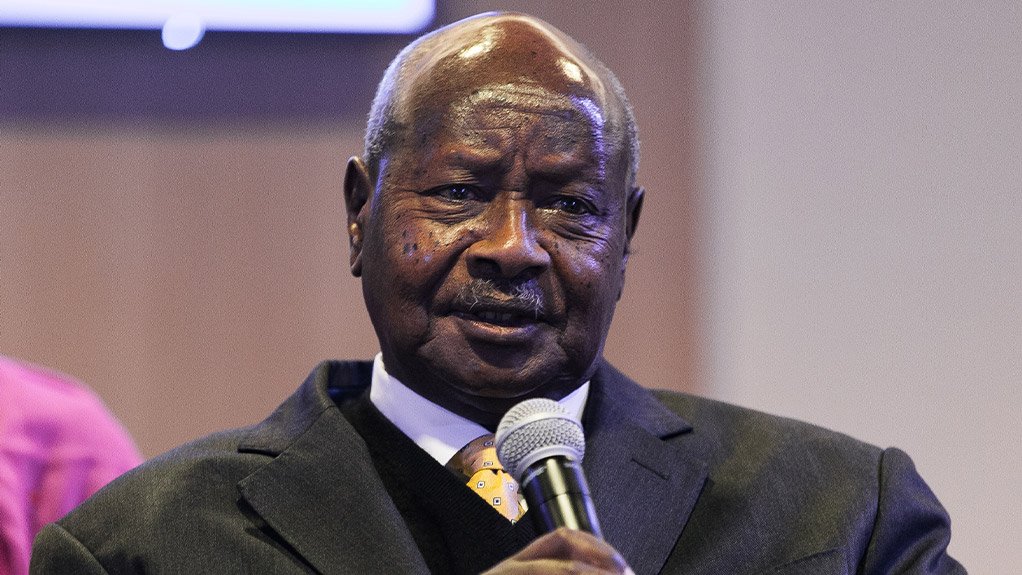
Monday 21st September 2025

by inAfrika Newsroom
Uganda public debt rose 26.2% in the year to June, driven by a sharp increase in domestic borrowing. A Finance Ministry report released Friday put total debt at $32.3 billion, up from $25.6 billion a year earlier. Officials said rising local yields lifted debt service costs and squeezed room for other spending.
The ministry said domestic borrowing grew 52.7% in the financial year. External credit rose 6.2% over the same period. The debt-to-GDP ratio climbed to 51.3%, from 46.9% the prior year. The central bank has warned that higher interest bills can crowd out health and education.
The report cites budget pressures and weaker external inflows. Authorities leaned on treasury bills and bonds to bridge the gap. That choice lifted nominal debt and raised the average cost of funds. The ministry acknowledged the trade-off but said financing needs left few options.
Infrastructure programs in energy and transport continue to weigh on financing needs. The government argues these projects anchor growth and future revenues. The debt report does not change the project list. It does underline the financing mix and the service bill for the year. Officials said domestic investors demanded higher yields, reflecting inflation risks and tight liquidity.
Debt composition matters for risk. A larger local share limits currency swings on the stock. It also raises the cost when yields rise. The ministry notes both effects. It also flags rollover needs for short-dated paper. The central bank has asked for careful auction calendars to smooth peaks.
Uganda is negotiating a new Extended Credit Facility with the IMF. The previous program, worth about $1 billion, expired last year with ~$870 million disbursed. Officials said a new package could go to the IMF Board after national elections in early 2026. The goal is cheaper funding and policy anchors that slow the debt build-up.
The finance ministry says fresh concessional funding would lower average interest costs. It would also support reforms on revenue, arrears, and project selection. The government sees the IMF track as a bridge while external markets remain costly. That stance follows a tough year for frontier issuers seeking hard-currency debt.
Talks with the Fund run alongside domestic market management. Authorities must balance weekly auctions, bank liquidity, and credit to the private sector. The central bank wants stable conditions as it fights inflation. It has warned about the fiscal-monetary mix when local borrowing surges. The ministry says coordination has improved.
First, watch auction results and yields across tenors. A sustained rise would raise service costs again this year. Second, follow any changes to issuance calendars and rollover plans. Smoother peaks can reduce volatility and support banks’ balance sheets. Third, track revenue measures in the next budget update. Stronger collections would narrow the financing gap and ease pressure on local markets.
Investors will also watch external disbursements. Concessional inflows can lower average costs and extend maturities. They can also reduce pressure on the shilling during seasonal import peaks. The IMF timeline is now tied to the 2026 poll calendar. Any slippage could push policy milestones into late 2026. Officials say the intent is clear: slow the rise in Uganda public debt while keeping growth on track.
Analysts expect measured spending restraint in the next half year. They also expect tighter screening of capital projects. The balance is delicate. Cuts that are too deep can hurt growth. Too little restraint can lift yields and crowd out private credit. The next quarterly debt bulletin should show whether the domestic tilt is easing.
Banks want predictable auction sizes and firm settlement schedules. Importers want steadier forex access to plan payments. Households want inflation under control. These goals pull in different directions. They require clear signals from both Treasury and the central bank. Officials insist that coordination will hold through year-end.


